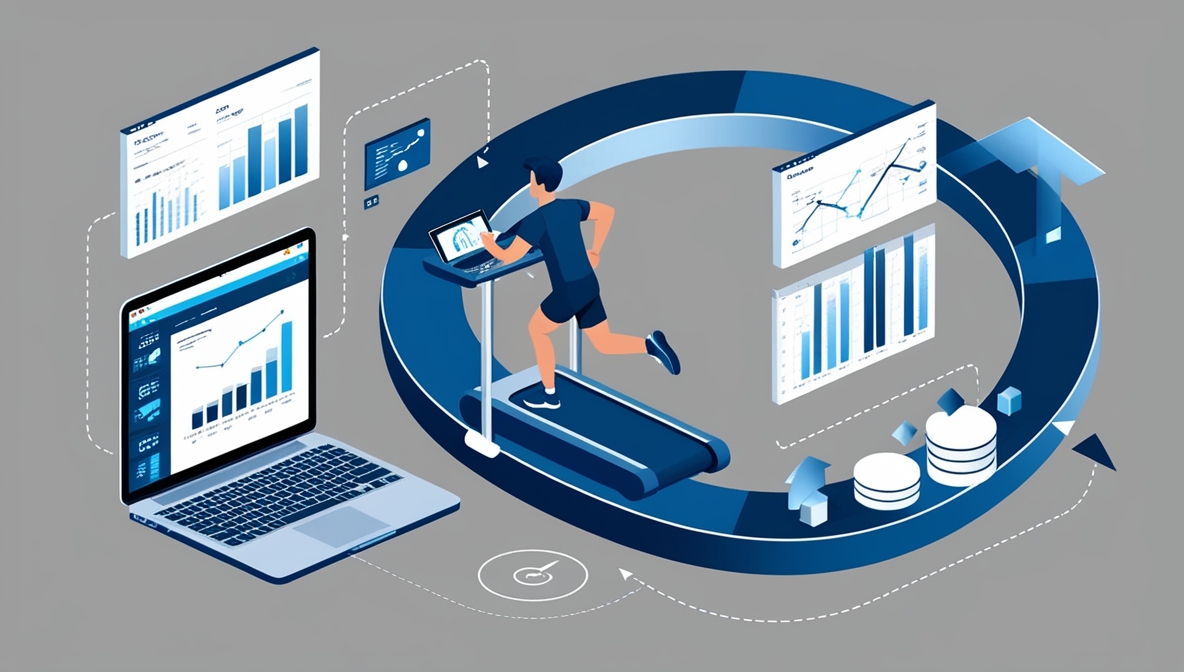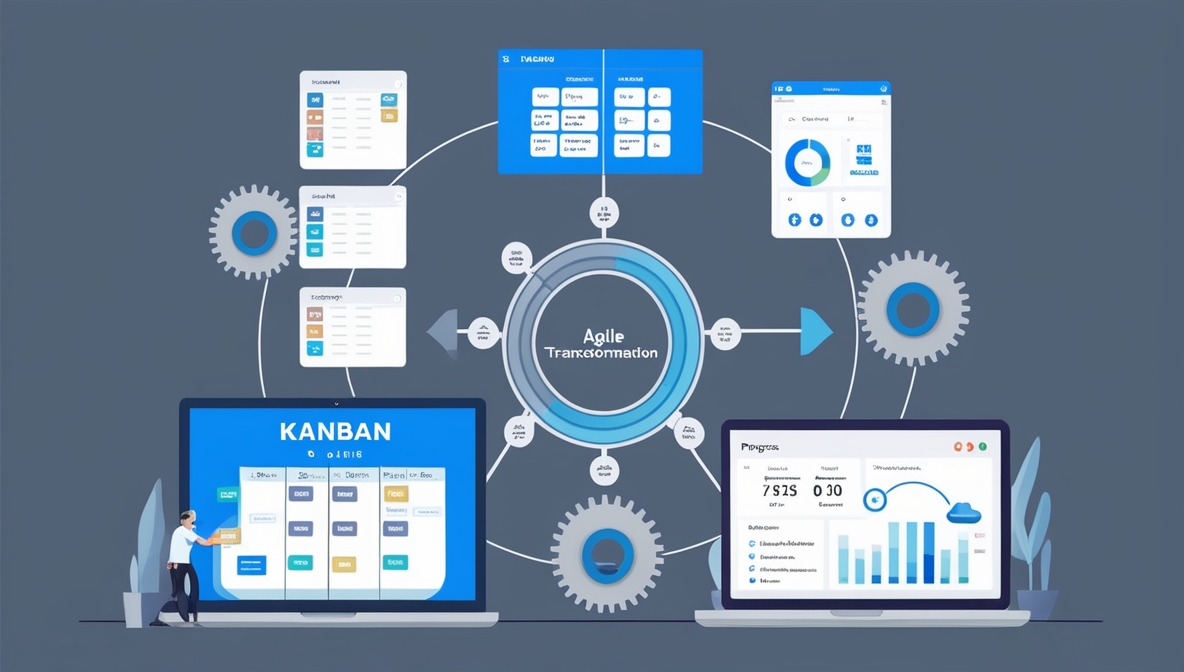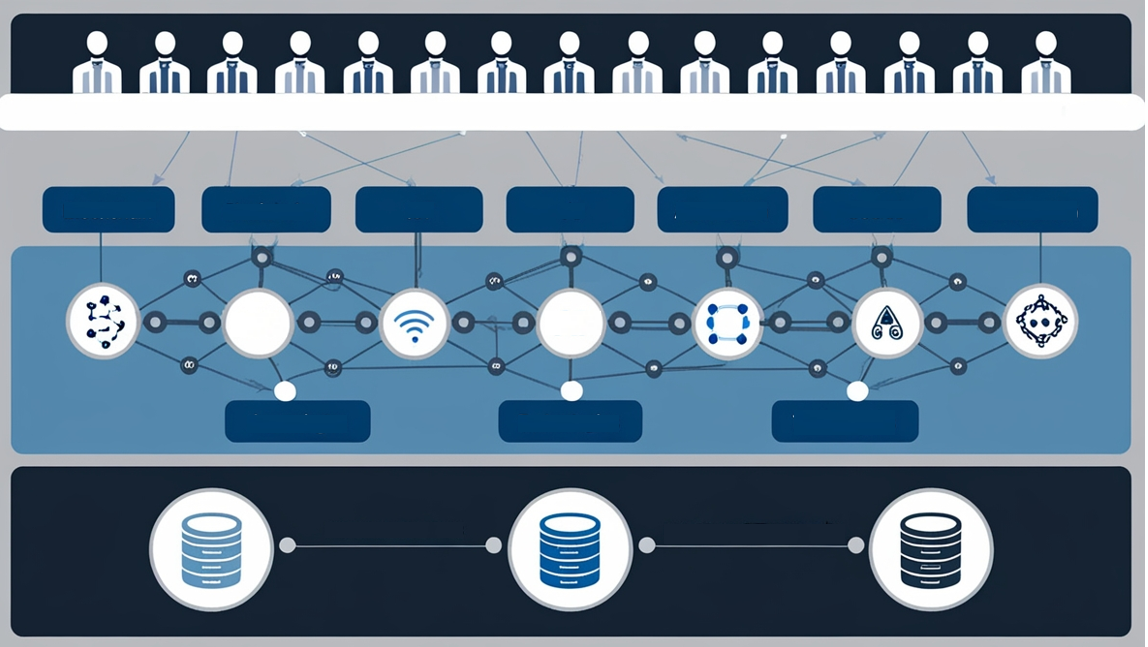
Agile Delivery Guide: Practical Plays for Scalable, High-Performance Teams
This agile delivery guide provides practical “plays” and real-world strategies to help organizations build agile teams, scale delivery, ensure quality, and foster continuous improvement. It covers frameworks like Scrum, Scrumban, and Kanban, and includes guidance on metrics, security, architecture, and cross-team coordination.






